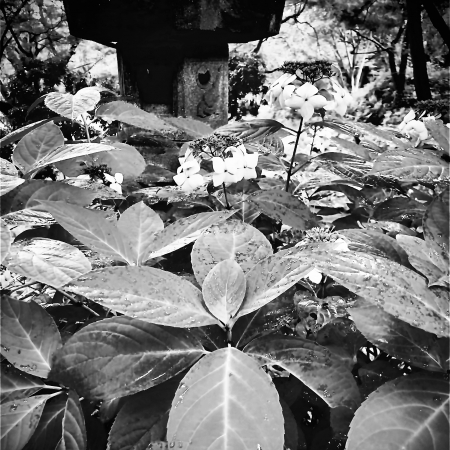うつろう色
今見ている世界を今見ている色ではない色で表現することができる。今見ている色は物質の表面色なので物質本来の色とは違う。そう考えると、表面色にあまり意味がなくなってくる。表面色は相対的にたまたまその色になったのではないかと思ったりもしてしまう。
相対的に見て物質が今そこに存在していることを表現する場合、表面色は別に何色でもよくなる。あくまでも相対的なので、例えば、元々の表面色が白だとしても、赤で白の表面色と同じ効果、同じ見え方にすることはできる。
そうすると、色とは、特に物質の表面色とは何だとなる。その表面色にデザインとしての表現を重ね合わせるのに、あまりにもうつろうものではないかと思ったりする。
ただ、そう思うのは物質に絶対的な何かを求めているからで、そもそもこの世界を形成している物質が相対的に決まるものだと考えるならば、うつろう表面色が当たり前のことになる。
"Depressed color"
You can express the world you are looking at in a color other than the color you are looking at. The color you are looking at is the surface color of the substance, so it is different from the original color of the substance. With that in mind, the surface color becomes less meaningful. I wonder if the surface color happened to be that color.
When expressing that a substance is present there in relative terms, the surface color can be any number of colors. Since it is relative to the last, for example, even if the original surface color is white, it is possible to obtain the same effect and appearance as the white surface color with red.
Then, what is the color, especially the surface color of the substance? I think it's too difficult to superimpose the expression as a design on the surface color.
However, I think so because I want something absolute from the substance, and if I think that the substance that forms this world is relatively determined in the first place, the depressive surface color is natural. ..


